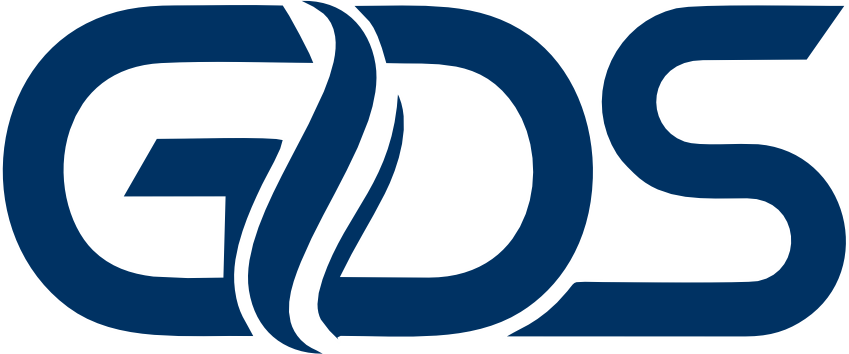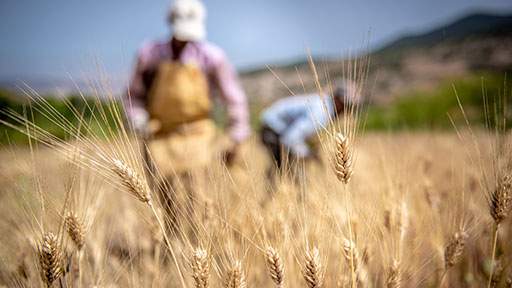As the world’s fourth largest feed producer*, India produces around 43.360 million metric tons of feed per year. Cattle feed takes up a major part of the production capacity with a range of feed products, ranging from forages to grains and pellets, filling the troughs of hungry cattle at farms around the country. But wherever it comes from, a common theme for any raw material or finished feed product is that the consistency of parameters such as protein, moisture, fiber and others is paramount for cattle health and growth. The availability of highly accurate, fast and affordable near infrared (NIR) solutions is revolutionizing cattle feed production in India, giving producers full control of their raw materials and finished products.
Save time with rapid NIR feed analysis solutions
Producers such as the Karnataka Milk Federation (KMF) and the Rajasthan Cooperative Dairy Federation (RCDF) have discovered the power of rapid and affordable NIR feed analysis solutions in producing highly consistent feed with less costs. “We have around 6-7 instruments which help us to immediately verify the quality of cattle feed ingredients,” says Nandan M., Deputy Director at Karnataka Milk Federation.
Similarly, at Cattle Feed Plant RCDF in Jaipur, NIR has been an essential part of securing consistent quality for years. “Producing top quality feed with consistent quality is our priority. And to maintain that same quality, we have been using FOSS NIR solutions for years, which has made this testing facility more stringent and faster,” says Cattle Feed Plant Manager, Dr. Ravindra Kumar.
At another unit of the RCDF, Cattle Feed Plant Bikaner, CEO Sattanand Narayan Purohit and Laboratory Assistant, Neetu Pareek, have a similar view on the benefits of NIR. The feed plant has been using near infrared solutions for 1,5 years, testing for a broad variety of parameters, including protein, fat, fiber and more in raw materials and finished products. Rapid results combined with the high accuracy offered by FOSS NIR technology has turned out to be a gamechanger for the company.
“One of the best benefits of using NIR technology is that it saves a lot of time. Testing that usually took 2 days for reports, is now possible in 1 minute,” says S. N. Purohit. “One of the major benefits of NIR is that it is timesaving and highly accurate. If we calibrate it from time to time, it gives perfect accuracy,” adds Neetu Pareek.
Stop poor quality raw materials at the weighbridge
Decisions on how to handle incoming raw materials can have a huge impact on profitability downstream in the process. This is why rapid results make a huge difference at the weighbridge.
Armed with immediate on-site results producers such as Deputy Manager, Dr. Karanvir Singh from Verka cooperative is able to stop quality poor raw materials at the gate and make the very best of the material.
“The decision-making gets a lot easier and fast. Suppose if there is any vehicle with the raw materials in it, now whether to accept the order or reject it can quickly be done by FOSS NIR as it shows the results in less than a minute about how the quality of the product is,” explains Dr. Singh.
Many private feed mills across India are also benefitting from rapid NIR feed analysis solutions to upgrade their feed milling standards. Feed manufacturer, Kamdhenu Agrovet is one example of how quality checks of raw material at grain receival has ensured reliable and consistent final products. “FOSS has played a very important role in getting our qualities in-line with the standards that are observed globally,” says Director, Yash Kothari.
NIRS DA 1650
Kamdhenu Agrovet has been relying on a FOSS NIRS™ DA1650 for instant and accurate results for parameters such as moisture, protein, fat, fiber, ash and more since 2016. “Agricultural raw material comes from multiple sources and the consistency becomes a very big question for which the quality is challenged. So that’s why we went ahead with FOSS NIRS DA1650, and we are currently analyzing close to 100-200 samples on a day to day basis,” he explains.
Matching NIR with reference analysis results
While rapid testing clearly brings significant value throughout the value chain with a low return on investment, one important factor is that results from NIR feed analysis match the results coming in from reference analysis methods. At Verka cattle feed plant the experience is that FOSS NIR results are comparable to reference results.
“FOSS NIR is very fast. It’s not time-consuming. Also, all the results shown in the machine matches with the wet chemistry method instruments as well,” concludes Deputy Manager, Dr. Singh from Verka.



